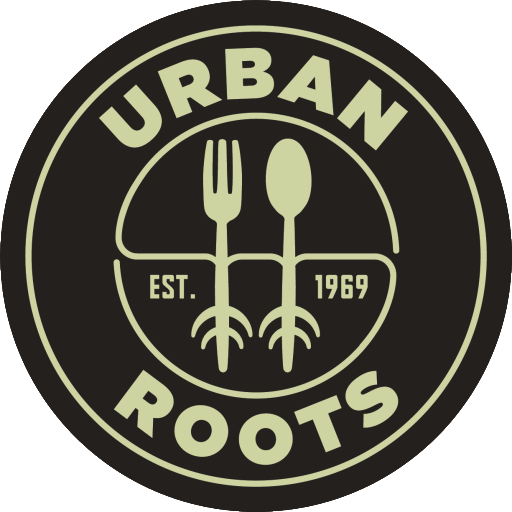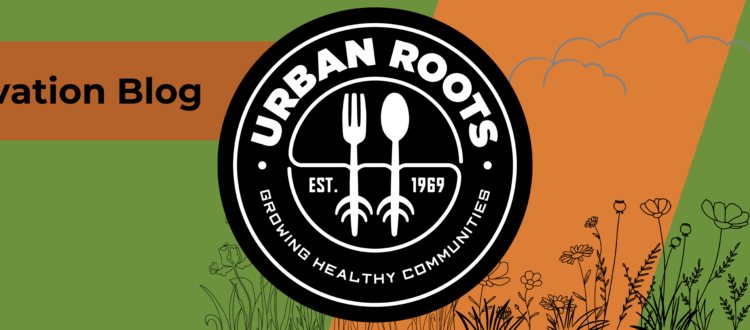Let’s Garden! Urban Food Canopies in Community
Urban food canopies are an inventive way to introduce fresh fruits and vegetables to urban environments. They can take many different forms, but a couple of methods might be garden development on rooftops, in community buildings, or public parks/green spaces. Imagine a world where you could walk to a neighborhood park, water some plants, and then pick some tomatoes to take home for your homemade pasta dinner. Fresh, local, seasonal produce could be right around the corner! It might seem optimistic, but it could be a reality of urban agriculture development. Urban agriculture is a revolution sweeping through large cities across the world.
This inner city greening effect will also reduce greenhouse gases and increase air quality! Right in your community you can begin to make change. You can start your own garden at home, or you can join a community garden to share the workload! Whatever method you choose, learning how to grow food from seed is a valuable skill that brings us closer to the land and our changing ecosystems. If you want to check out the community gardens near you, look here: https://www.communitygarden.org/
Urban Roots uses our Market Garden program to offer experience with hands-on growing to youth from the East Side of Saint Paul. With the food grown in our garden plots, the youth practice tending the gardens, cooking with the produce, and distributing to hunger relief organizations. Some of our produce is sold at the Mill City Farmers Market in Minneapolis. We intentionally get to engage with the land and with each other in meaningful ways.
Our summer program youth at Rivoli Bluffs Farm and Restoration Site.
Why wouldn’t we all want backyard access to fresh and healthy foods? An edible yard can get you there! While it may seem like a daunting task to dig up your yard and make a mess, you may just find that there’s not only beauty in your edible plants, but also bounty. You get to choose the scale of your garden, the foods you grow, and the amount of time you commit. Cold-hardy crops do well in Minnesota, here’s a few examples to get you started: spinach, lettuce, radishes, carrots and beets (for the cold weather), and tomatoes, cucumbers, and squash in the summer.
Our summer program youth at an Urban Roots garden.
Now let’s talk about the commodification of food and why urban agriculture is much more sustainable.
- Reducing our carbon footprint and increasing biodiversity
- Making resilient communities and stable sources of food
- Connecting people with nature so they want to preserve it
Commodification is the act of turning something into an item that can be bought or sold. Commodification of food has encouraged large-scale, mechanized farming practices to produce crops at a lower cost. Industrialized agriculture tends to prioritize the quantity over quality of their crops. Growing profit margins is more important than growing resilient produce. With chemical fertilizers, soil depletion, and water pollution leading the way, industrialized farming won’t be able to continue at the rate it is now. On top of that, the amount of fossil fuels needed to prepare and transport that “fresh” produce across the country is enormous.
Urban gardens lessen the impact of food deserts. Reliance on supermarkets to provide healthy food has led to stratification of accessibility – not every urban neighborhood has a grocery store with healthy fresh food!
Community gardens are a place where people can learn about sustainable food production, nutritious eating, and plant care. You don’t have to be an expert, anyone can participate and everyone can benefit. Hands-on experience with growing and harvesting food creates ties to the earth, to our food systems, and to our community.

